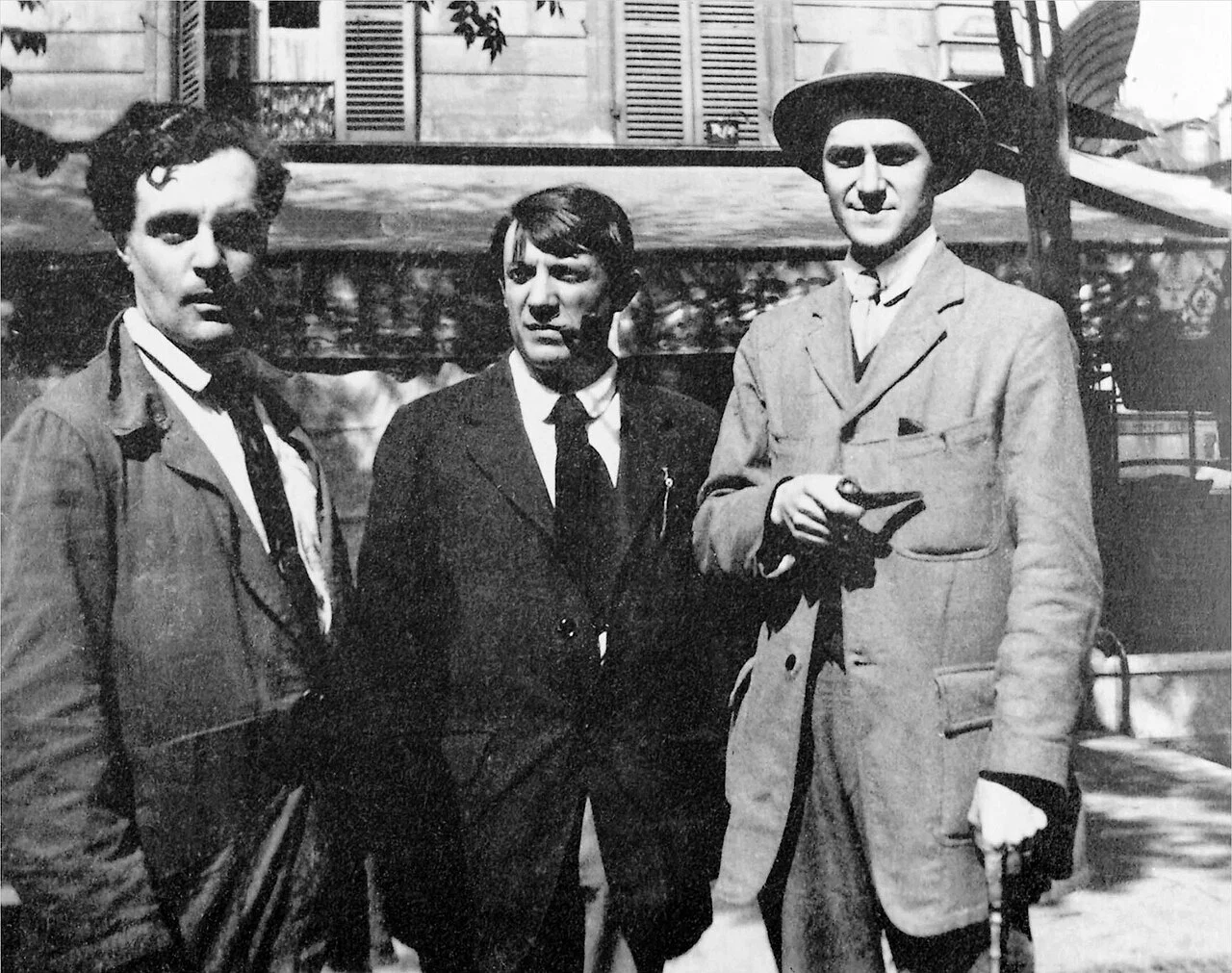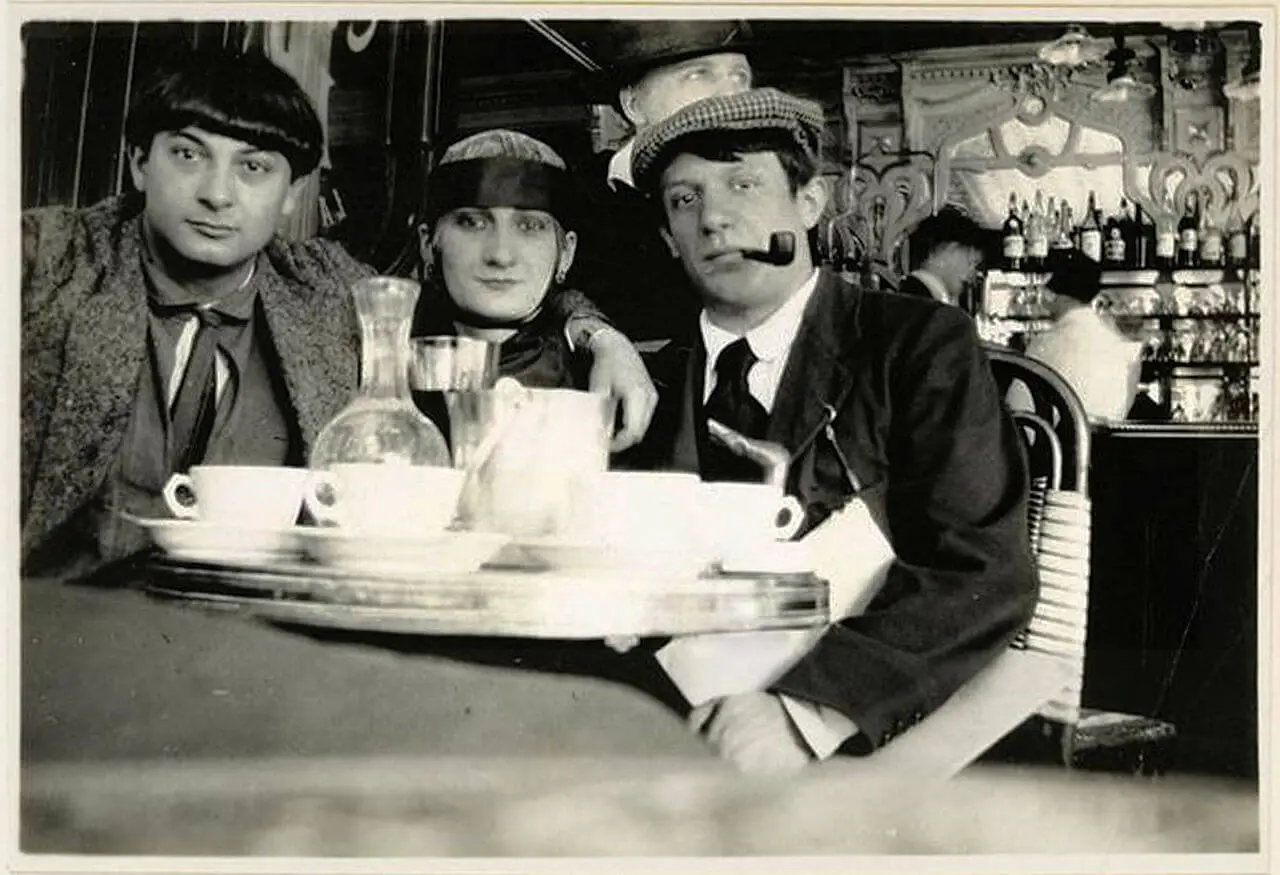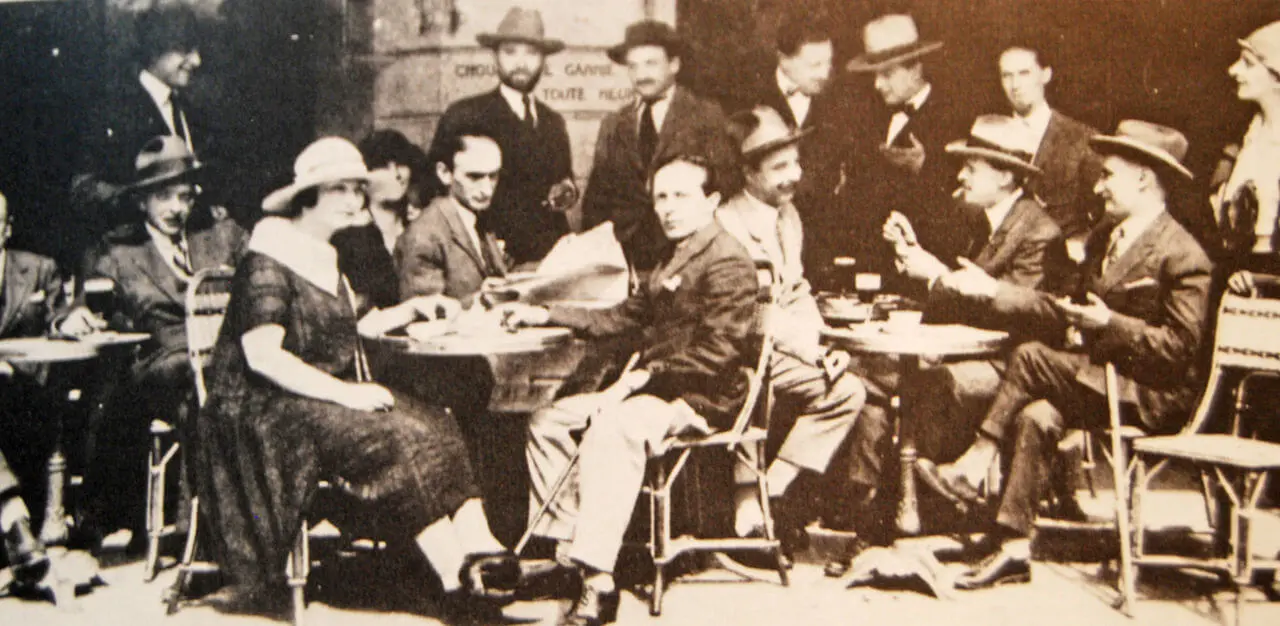Paris, a moveable feast
J&L History
For this new year, J&L takes you to party and enjoy a Bohemian life in Paris!
If Paris has become the most visited capital in the world, it is thanks to its outrageous and legendary parties.Before and after the Great War, the Montparnasse district has seen artists coming from all over the world, running away from political regimes or attracted by the freedom of creation in the Parisians academies. Young and often poor, but with talent to spare, they are members of the“Ecole de Paris” or the Lost Generation. However, they are all “Montparnos” and full of dreams.
From Montmartre to Montparnasse : the artists' exodus
The Bohemian life starts in another neighborhood, on another butte, in Montmartre. Outside Paris’ borders until 1860, it is way cheaper to party, drink, or even live in this village. Attracting many generations of artists from Renoir to Picasso. It is actually this last one who decides to leave the bateau-Lavoir studio and take the new subway line to cross the city until Montparnasse yet less peopled. This urban exodus has started: Amedeo Modigliani, Juan Gris, Constantin Brancusi, Fernand Léger, Guillaume Apollinaire… therefore work in the left bank communitarian studios and academies.. All young and loving to meet to discuss, alcohol flows abundantly and drogues are easy to find.They go to the Dôme, the Rotonde and La Closerie des Lilas cafés.
“Ecole de Paris”, a new state of mind
Viktor Libion, the Rotonde’s director, has the idea to settle a terrace to give the chance to his costumers to stay as long as they wish by only ordering a simple coffee. He also accepts to be paid with drawings which his walls are lined with. If they fall asleep, the waiters don’t awake them. Arguments are common, because of artistic disagreements or something else, but pretty often because of alcohol and the custom is to not call the police even if they are fighting ! It is for example Marc Chagall, Moïse Kisling, Chaïm Soutine, Tsugouharu Foujita, Ossip Zadkine, Shana Orloff, Kris Van Dongen, Jean Cocteau, Léopold Zborowski ou Maurice Utrillo or Amedeo Modigliani who are sitting on the terrace.
Viktor Libion, the Rotonde’s director, has the idea to settle a terrace to give the chance to his costumers to stay as long as they wish by only ordering a simple coffee.
Roaring Twenties: the need to live intensely
This small world is spread during the Great War, some are called to serve at the front or for some other reformed. The ones who stay continue their creation work. The post-war only strengthen their desire to live ardently and intensively, burning the candle by both ends for many of them. It is how the Roaring Twenties' start! They come back from the front, pursuing to people the cafes and the new American Bars, and so a new generation of artists arrives to Paris from the United States such as Man Ray, Francis Scott Fitzgerald or Ernest Hemingway.
Two men from Auvergne whom one was the former director of the Dôme café, Ernest Faux and René Lafon, open in 1927 an opponent café to the Dôme and the Rotonde, still with a meaningful name for Montparnasse area: the Coupole (cupola) ! The inauguration night, the champagne brand Mumm sends 1500 bottles, all drunk by midnight by the 2500 guests. Therefore, they call taxis to go to the other side of Paris to take some new fresh bottles back from the office. Even further than the alcohol, more than 10 000 canapés (toasts), 1000 sausages and 800 cakes are eaten that night ! The police has to come to force the last partygoers to go home in the early morning. The Coupole is so legendary that Hemingway immortalizes the atmosphere in A Moveable Feast.
“The inauguration night, the champagne brand Mumm sends 1500 bottles, all drunk by midnight by the 2500 guests.“
Paris, a city where celebration rhymes with love and freedom
These artistic Parisian generations have left and unforgettable print on the French Capital, and the 1940s don’t lie about this legend. In 1947, in Saint-Germain des Prés, they open the Tabou club where jazz music is king and where Boris Vian, Jean-Paul Sartre, Simone de Beauvoir, Juliette Gréco, Jacques Prévert, Simone Signoret, Yves Montand, Jean Cocteau or even Miles Davis meet. There are thus the gossips about those crazy nights in this club that attract the first tourists in this neighborhood and make this arrondissement (district) iconic and a must-see for our visitors.
"The cellar of the Tabou club in Saint-Germain-des-Prés in Paris in 1950, the ideal place to party until the early hours!"
Thanks to these artists, their excess, their talent, their need of intense life that Paris is still known today as the city of art, the city of love and most of all the city of free spirit!
Jessica T.












